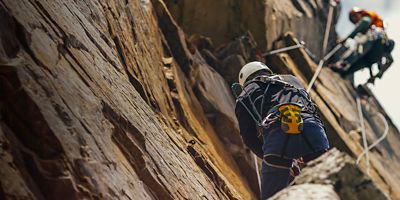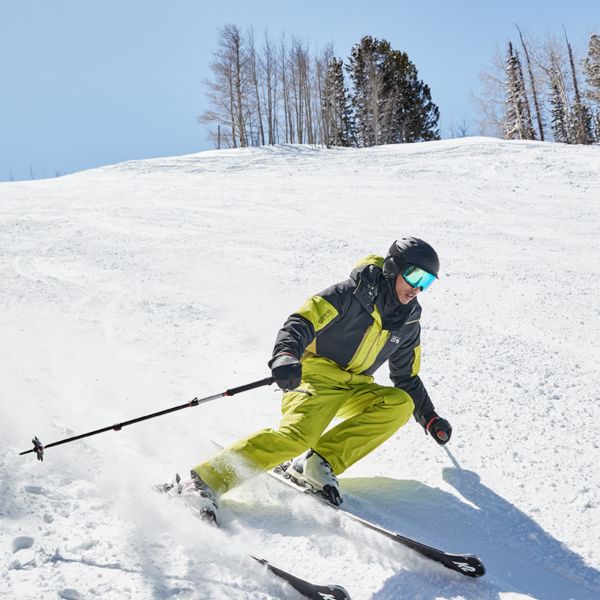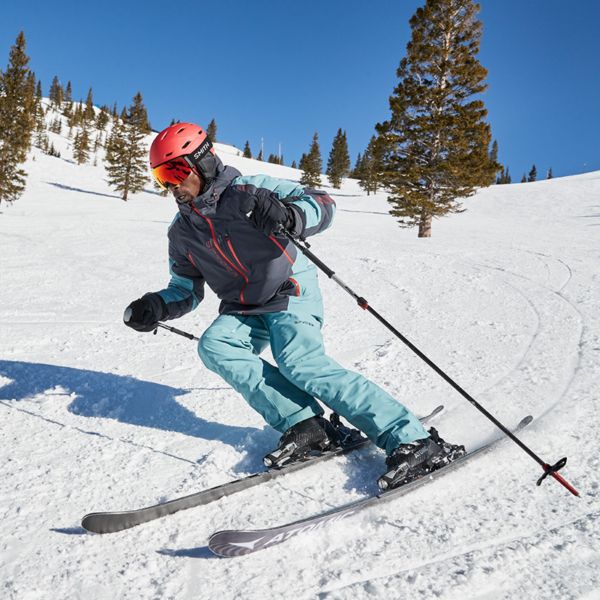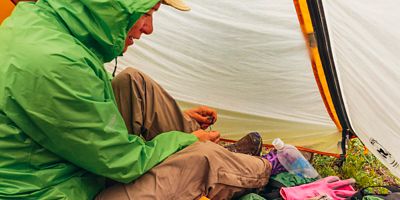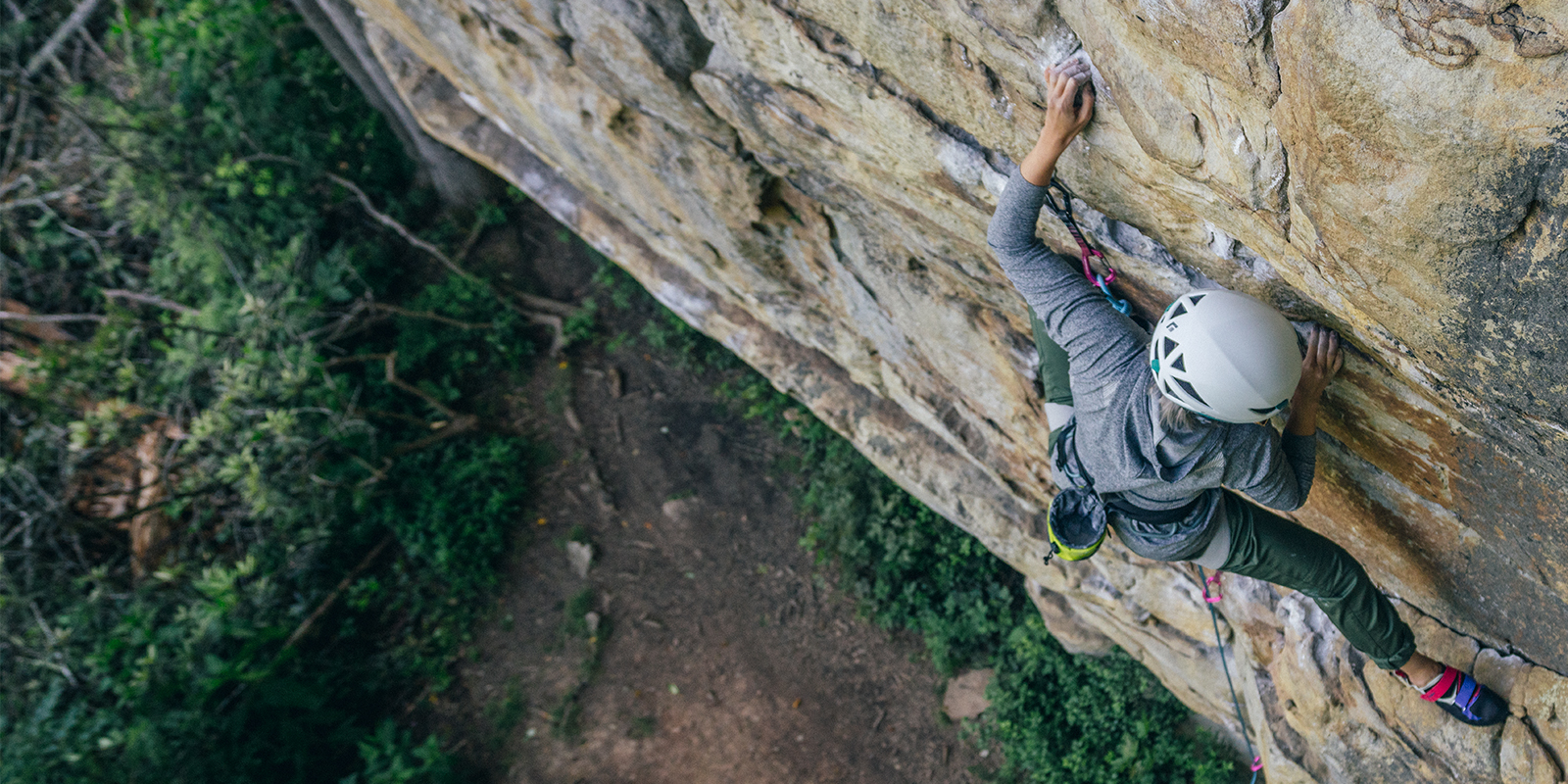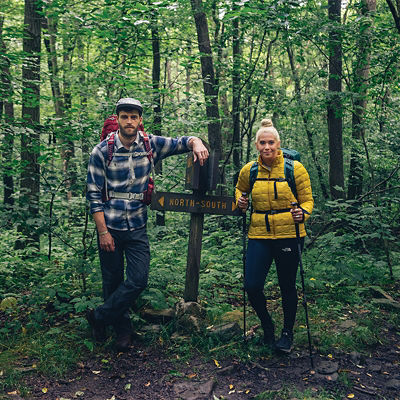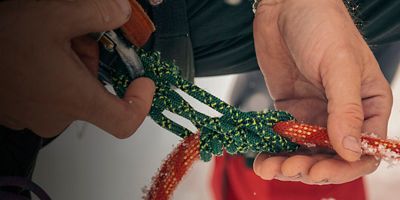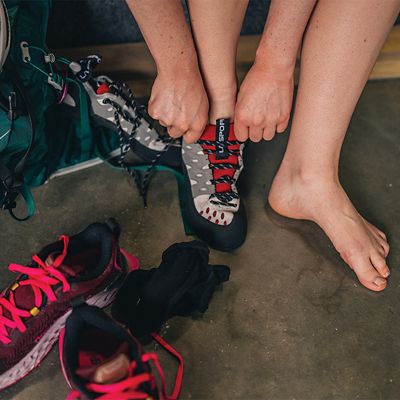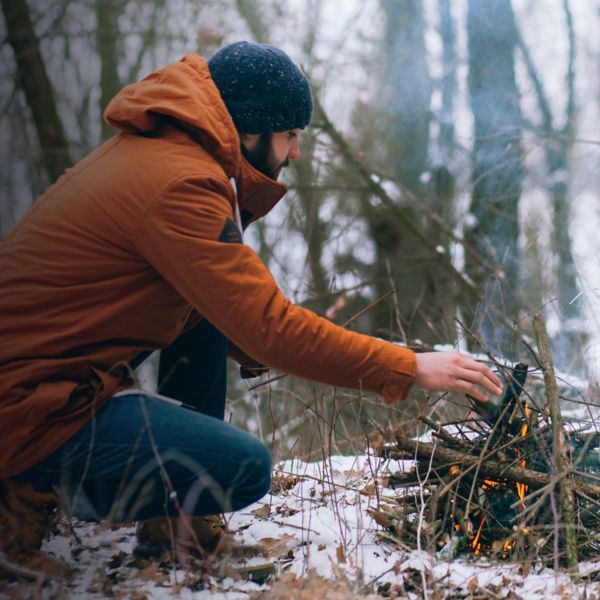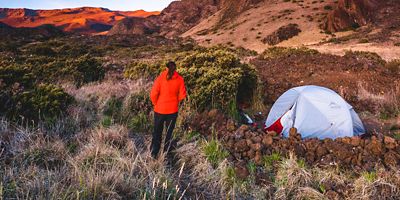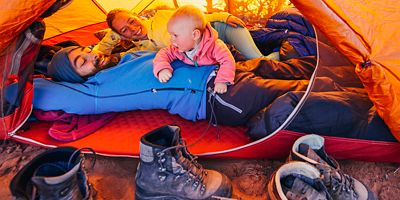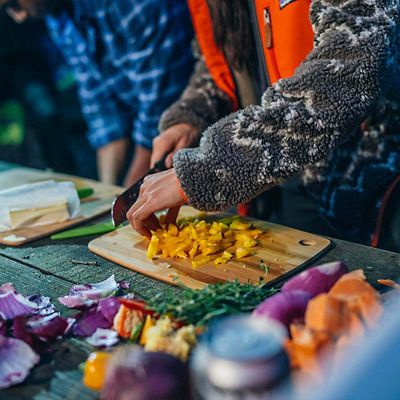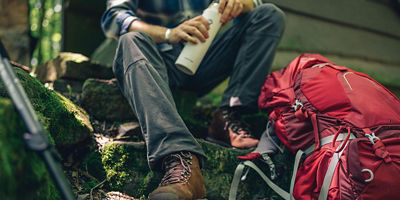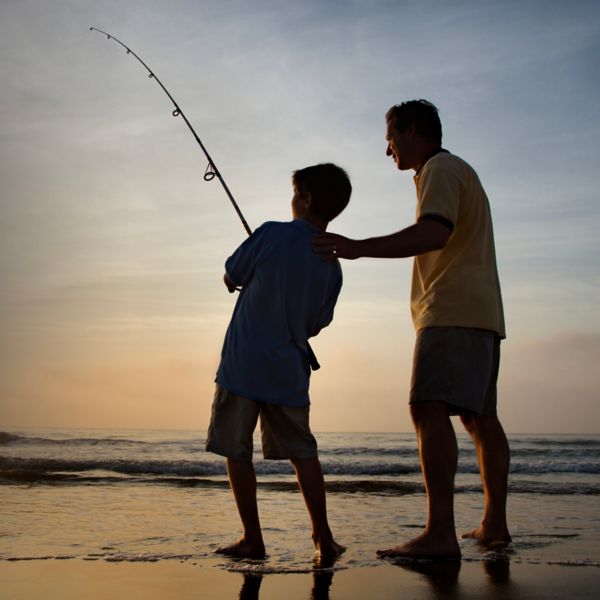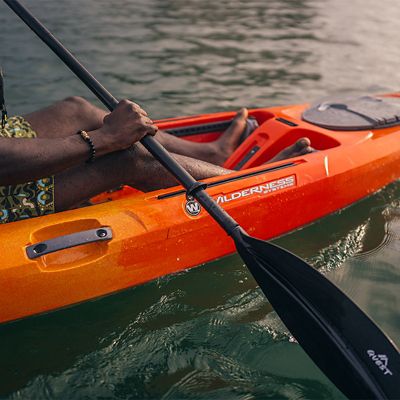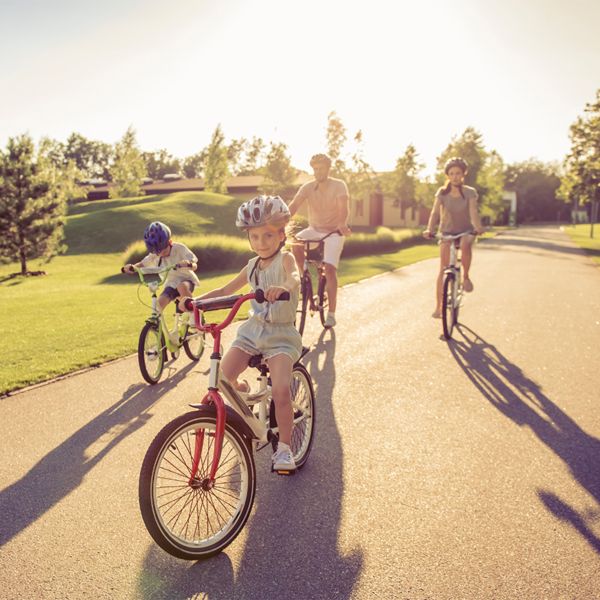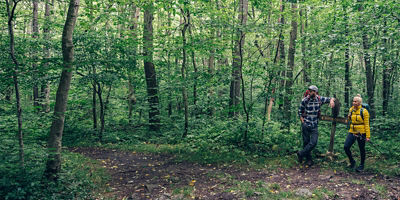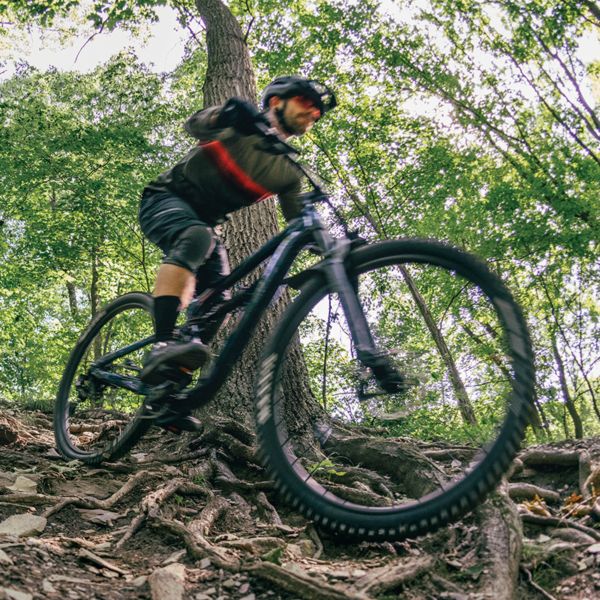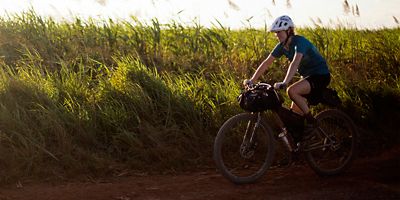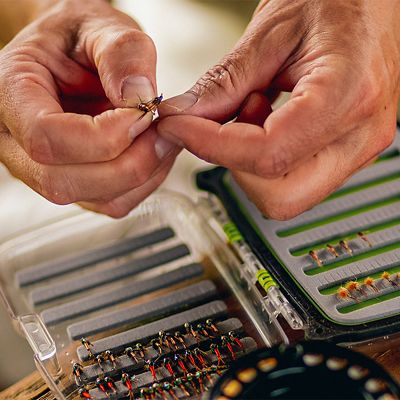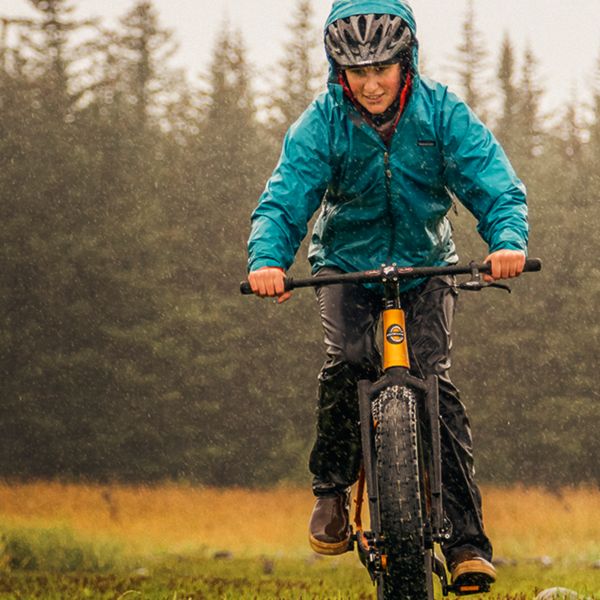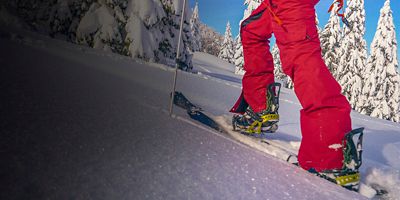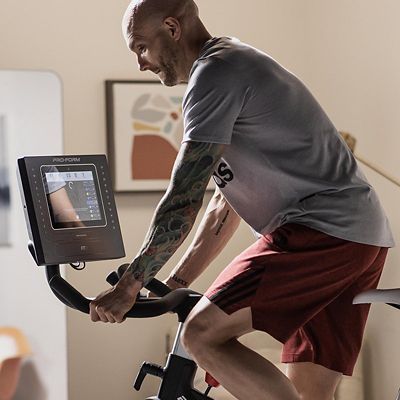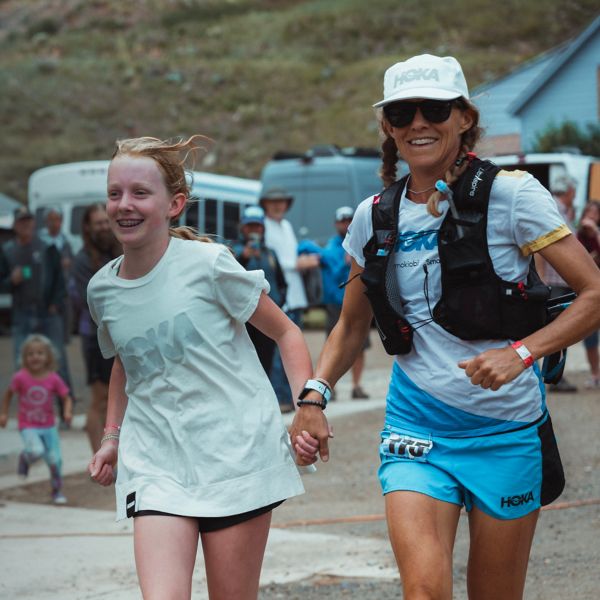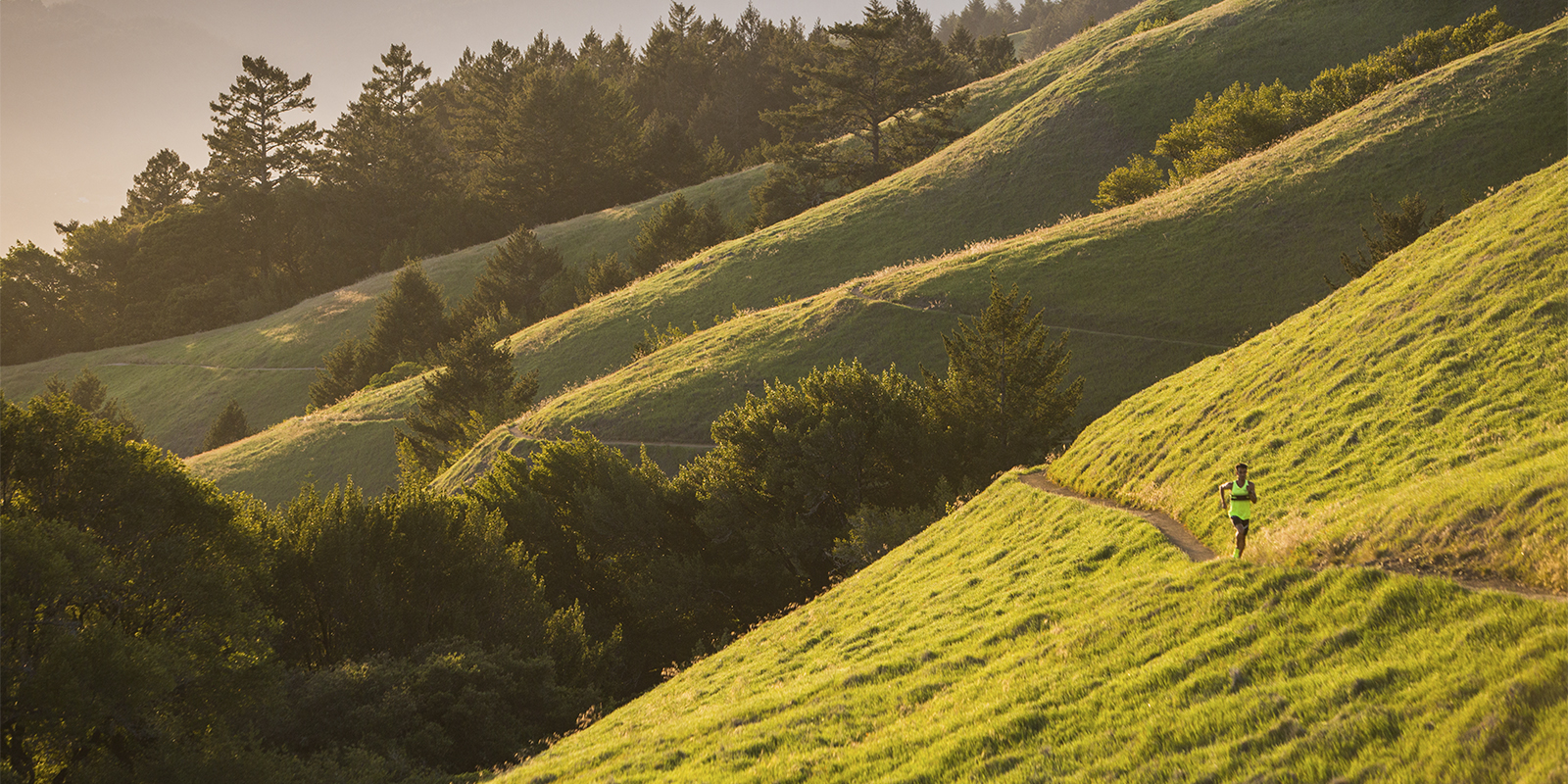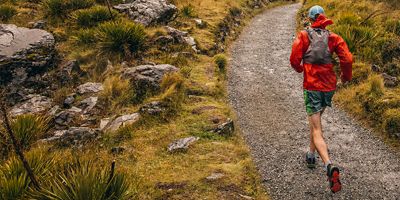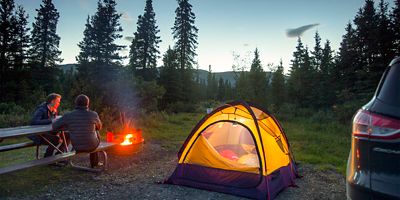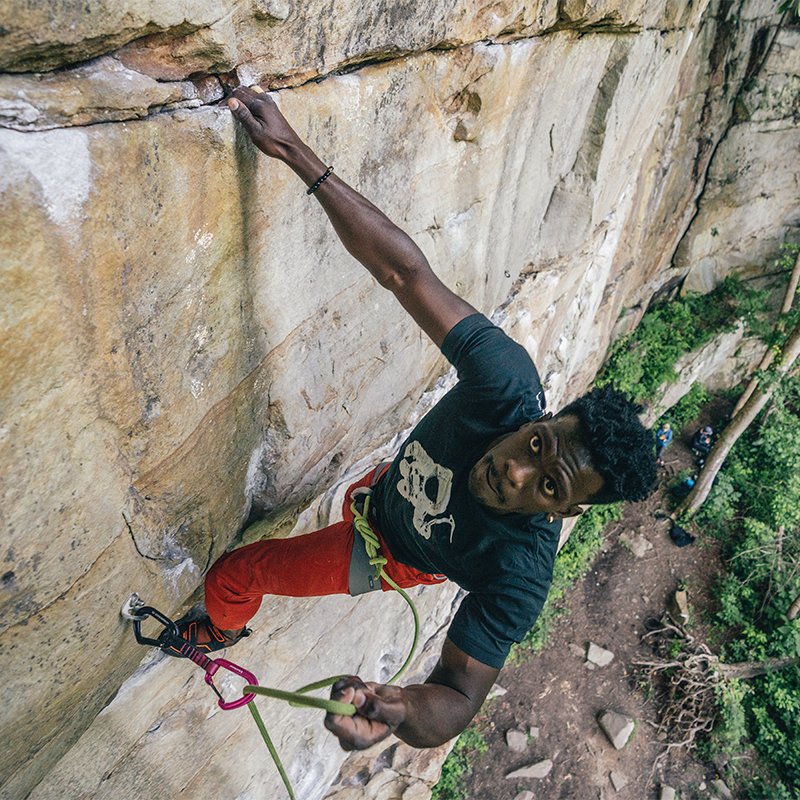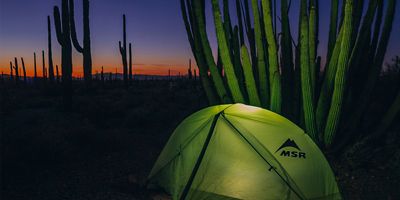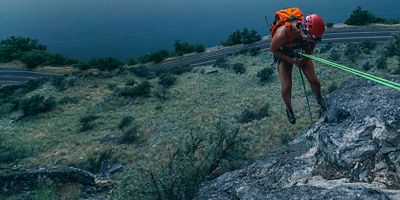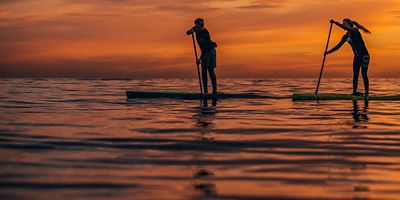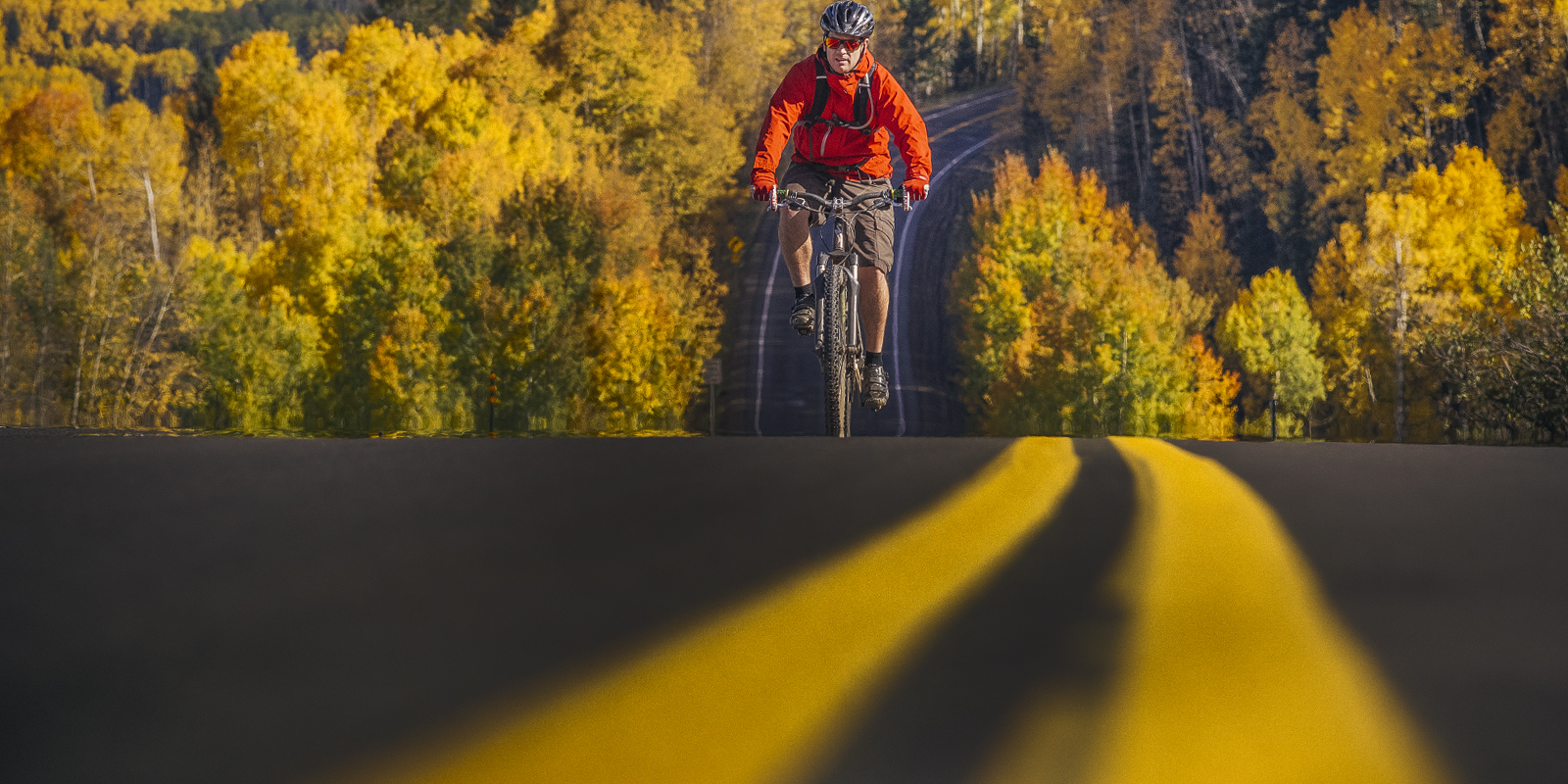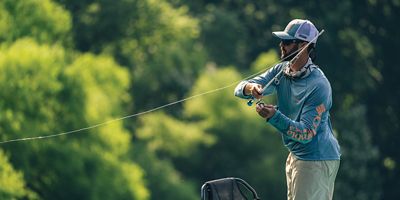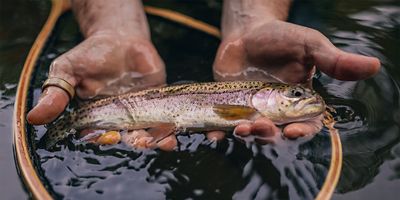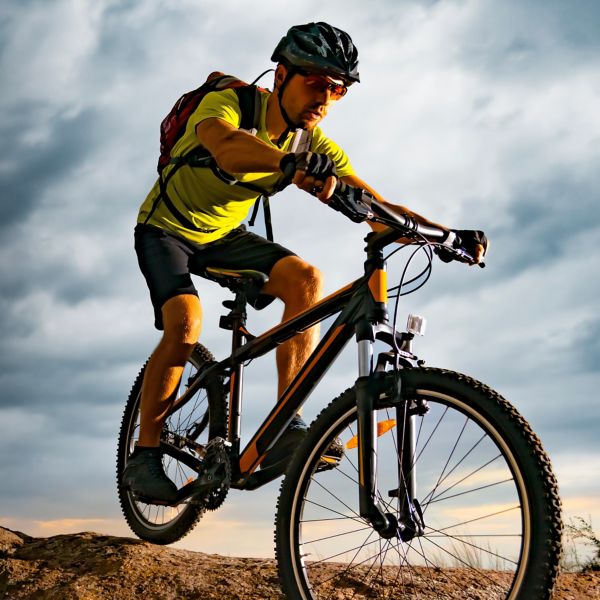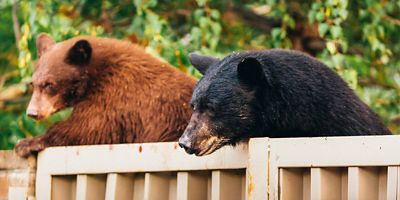
Like walking or running, birding is an activity that you can do anywhere, any time. You can “take it with you” on all of your other outdoor adventures, from a bike ride to a paddling excursion. And unlike more extreme sports, you can do it for the rest of your life. Like any new pursuit, getting started can be the hardest step. But bird watching is really no fancier than that: It’s watching birds. Here are some tips to get you going.
Begin in Your Backyard
The easiest way to begin birding is by looking out the window. If you are in a completely urban environment with only pigeons and sparrows, go to your local park. You’ll likely find birds on the lawn, in the shrubs and in the trees. Start here. Many backyard birds are easy to identify (think: robin, cardinal, chickadee). Get a feeder and the birds will literally come to you (make sure it’s in compliance with any local or HOA regulations). The best feed is determined by your region so ask at your local feed store, though sunflower seeds are almost always a good bet. Even easier than a feeder is a bird bath. It will actually attract a more diverse range of bird species than the feeder. Before you get a bird feeder or a bird bath, ask yourself if you can commit the time to keep it clean and filled.
Have an app or a field guide at hand to help with identification (see below). Start with the basics: How big is the bird? What does its beak look like? What color is it? Do the wings have bars (stripes)? Consider keeping a notebook on what birds you see, where and when.
Get Some Guidance
You don’t have to go it alone to start birding, not by a long shot. Ask to tag along with your birder friend. Look for outings at your local park system or sponsored by your local Audubon chapter. Follow birders or join a birding group on social media where you’ll find folks ready to answer your questions, like What’s This Bird? on Facebook, sponsored by the American Birding Association. You can even check out #BirdTwitter (of course).


